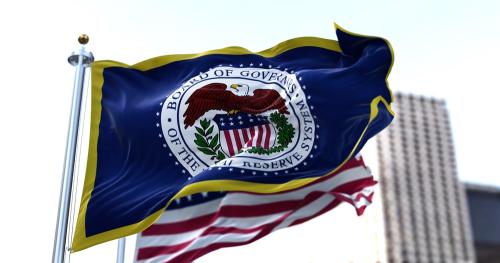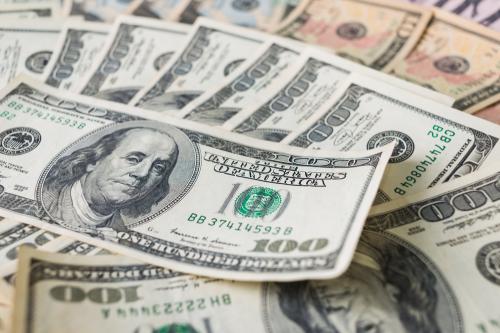The world’s finance ministers and central bankers descend on Lima, Peru, next week for the annual meetings of the International Monetary Fund and World Bank. Hallway chatter will be less about Latin America than about China and the never-ending conversation about when the Federal Reserve will raise interest rates.
I’ll leave the Fed to the capable Wall Street Journal squad. Here are a few of the biggest questions about China that’ll echo through Lima’s convention center. “There is more than the usual stuff we don’t understand at the moment,” one veteran Washington-based China watcher said recently.
How bad is the Chinese economy?
China’s industrial and construction sectors have slowed substantially, probably more than the leadership expected. Less clear is how much that weakness is offset by consumer spending and the growing service sector. The risks to the last public IMF forecast (6.8% growth this year, 6.3% next year) are to the downside. But the near-term outlook isn’t as dark as some financial-market commentators suggest; some of the bearish chatter is from fund managers who made bets tied to persistent Chinese demand for commodities, not to the overall Chinese economy.
One reason to believe China won’t crash is its government’s willingness to use fiscal and monetary stimulus to boost growth. But how much and what mix of fiscal and monetary stimulus will that involve? Tax cuts aimed at consumers, such as the recent reduction in the sales tax on certain cars, will win more applause from the IMF and like-minded U.S. and Chinese economists than pumping up the already leveraged economy with more lending. Yu Yongding of the Chinese Academy of Social Sciences, speaking in Washington at the Peterson Institute for International Economics this week, cited the runup in corporate debt as China’s biggest risk to medium- and long-term financial stability. He said that hopes of using the stock market to raise capital to reduce debts have been dashed by the market crash and government intervention; it’ll be a long time before big investors sink big bucks into the Shanghai stock market.
What’s next with the exchange rate?
After the clumsy devaluation and aborted shift to a new exchange-rate regime on Aug. 11, the Chinese central bank has moved quickly to fix the value of the yuan to the U.S. dollar. To keep the currency from falling further, China is burning through tens of billions of dollars of its ample foreign exchange reserves. Estimates run as high as $100 billion a month. Although China continues to run a big trade surplus, which should tend to push the currency up, recent outflows of money are overwhelming those forces and pushing the yuan down. The government, which tolerated outflows when that served the interest of restraining a rising yuan, is tightening controls to help keep the yuan from falling.
In the week before President Xi Jinping’s visit to the U.S., intervening in foreign-exchange markets to prevent a further depreciation of the yuan was very important. He’s back in China now. Beijing is still likely to move cautiously toward allowing markets to play a bigger role in setting the currency’s value. But move to what? And when?
How committed is President Xi to near-term economic reforms?
The Chinese president had a bad couple of months, what with the disaster in Taijin, the slowing economy, the angry Chinese citizens who borrowed to speculate on the stock market, his awkward left-handed salute at the big military parade in September. His domestic standing has been bolstered by the welcome he got from U.S. business executives in Seattle, by all the photo-generating pomp at the White House, and by headlines from his pledge at the United Nations to spend billions fighting global poverty. President Xi continues to consolidate his power–but to what end? (The Journal’s Andy Browne argues that President Xi puts a higher priority on political and military goals than business-friendly economic reforms.)
In a sense, China has done the easier parts of reform: Letting people do more of what they want to do. Now it’s time for the harder part: Making them live with the consequences, such as borrowers having to pay their loans and local government having to live with hard budget constraints. Surely market skeptics have been strengthened by the stock-market bust and the exchange-rate turmoil. The recently announced reform of state-owned enterprises is widely seen, at best, to be modest. The next big weathervane is the initial draft of the 13th five-year plan, due to be discussed at the “Fifth Plenum” of the Central Committee of the Communist Party, in mid-October.
No one will leave Lima with clear answers to these questions (or a firm grasp on when the Fed will raise rates). But there’s little doubt that China has become so big that how it manages its economy over the next few years matters hugely to global commodity prices, exchange rates, interest rates, stock markets, exports, and the pace of overall global growth.
This post originally appeared in The Wall Street Journal.



Commentary
Op-edWhy China will dominate talk at the IMF meetings in Lima
October 2, 2015